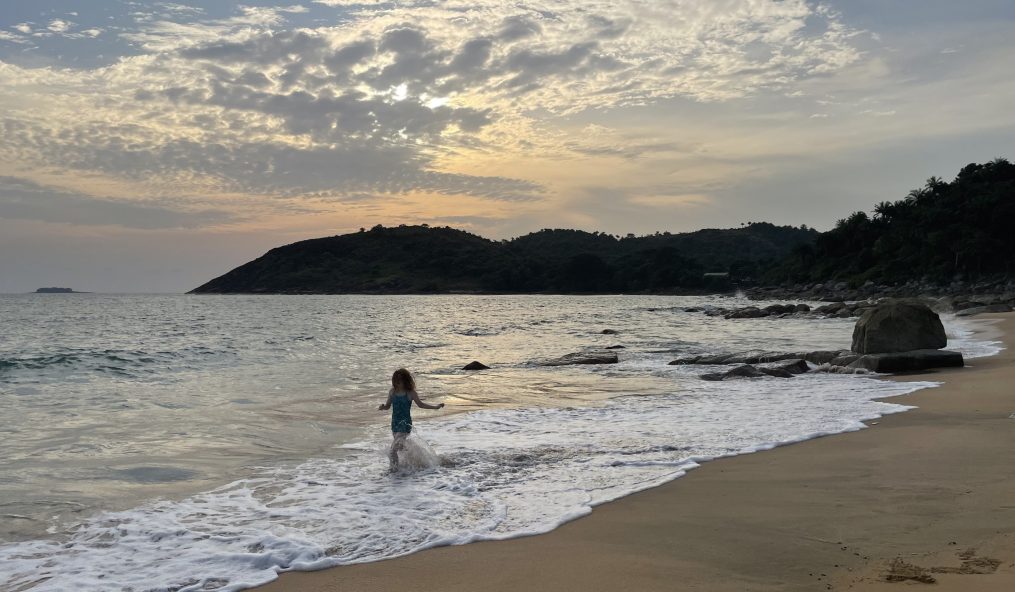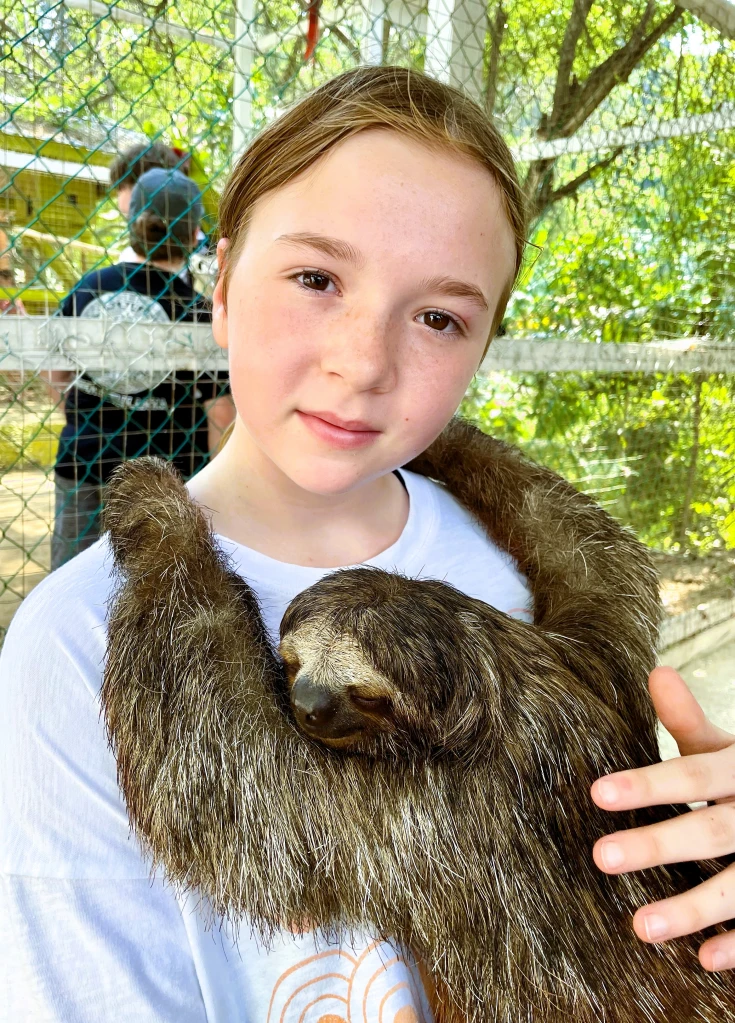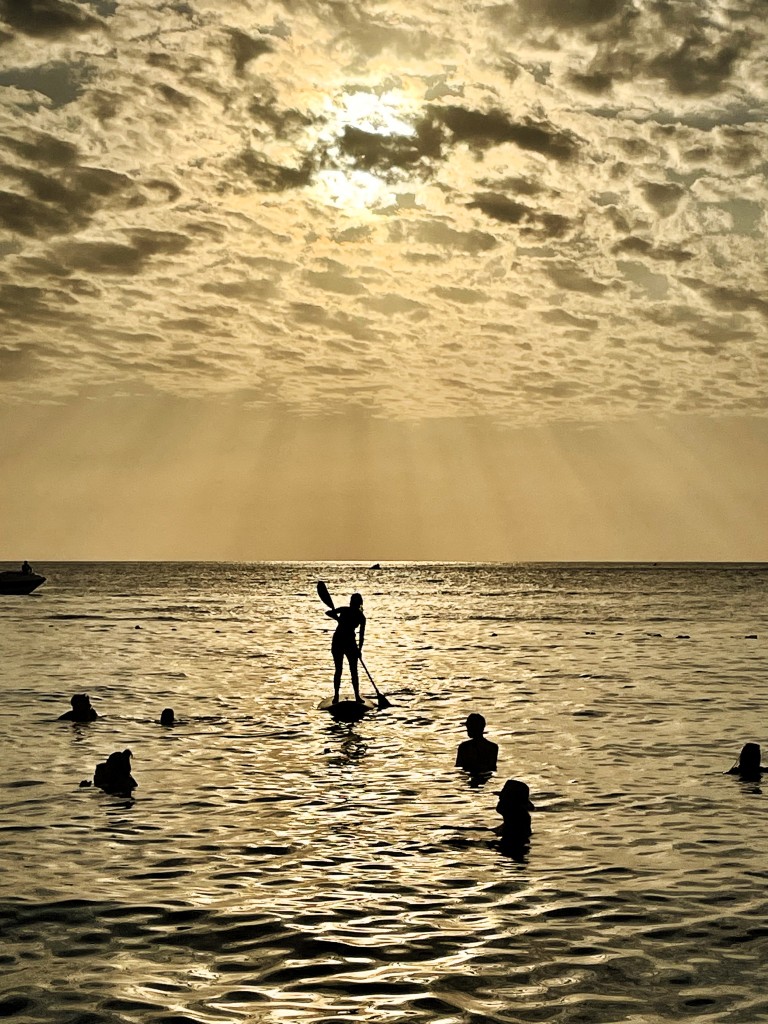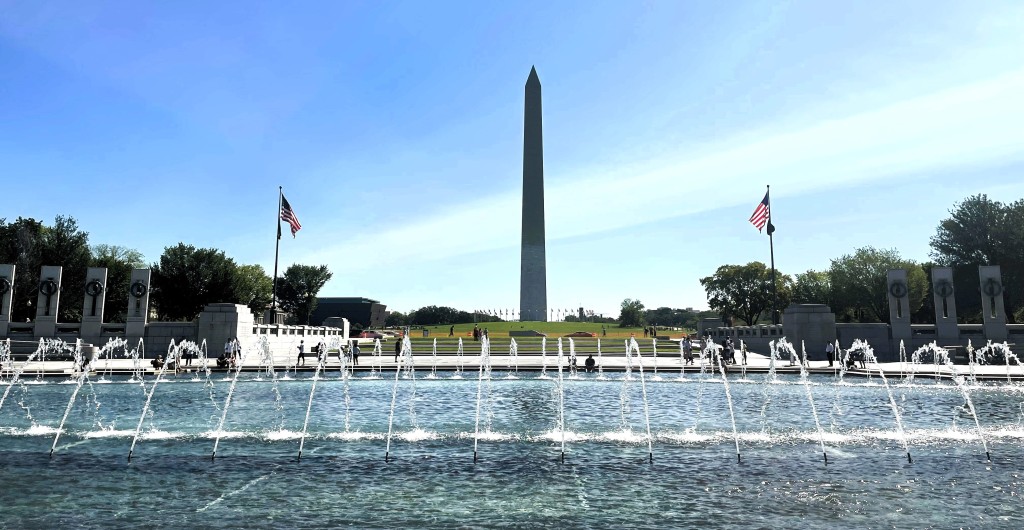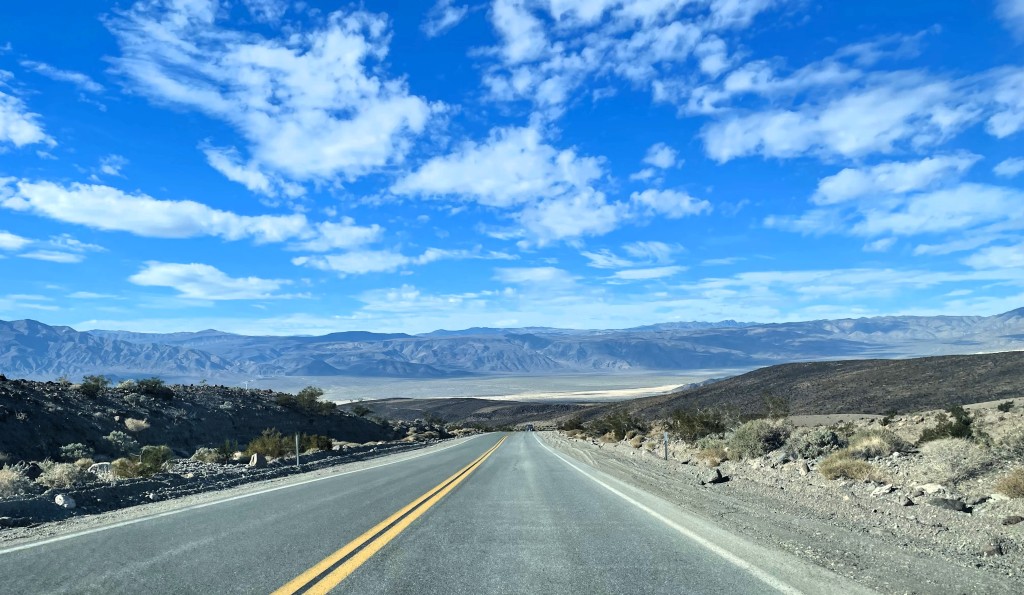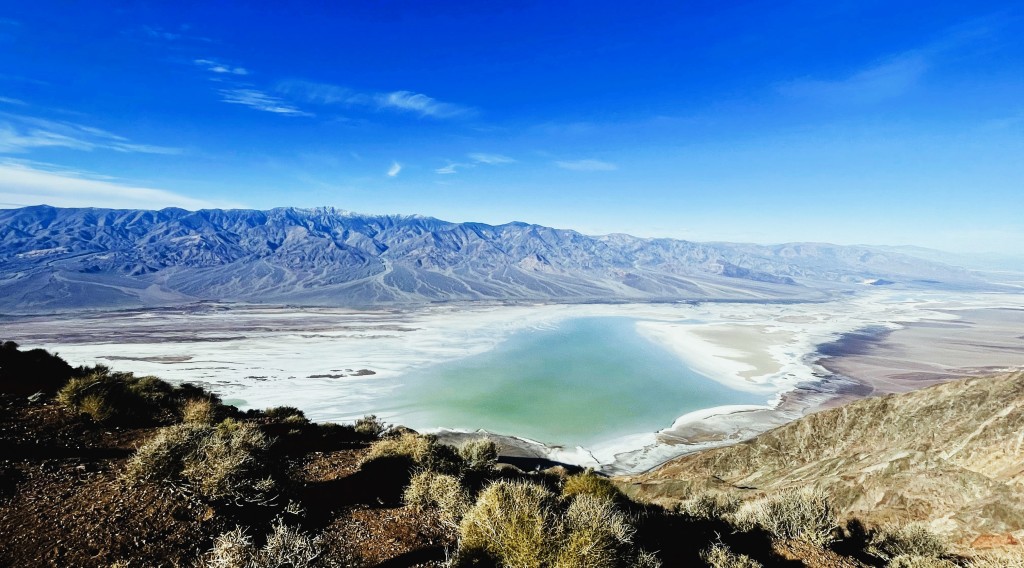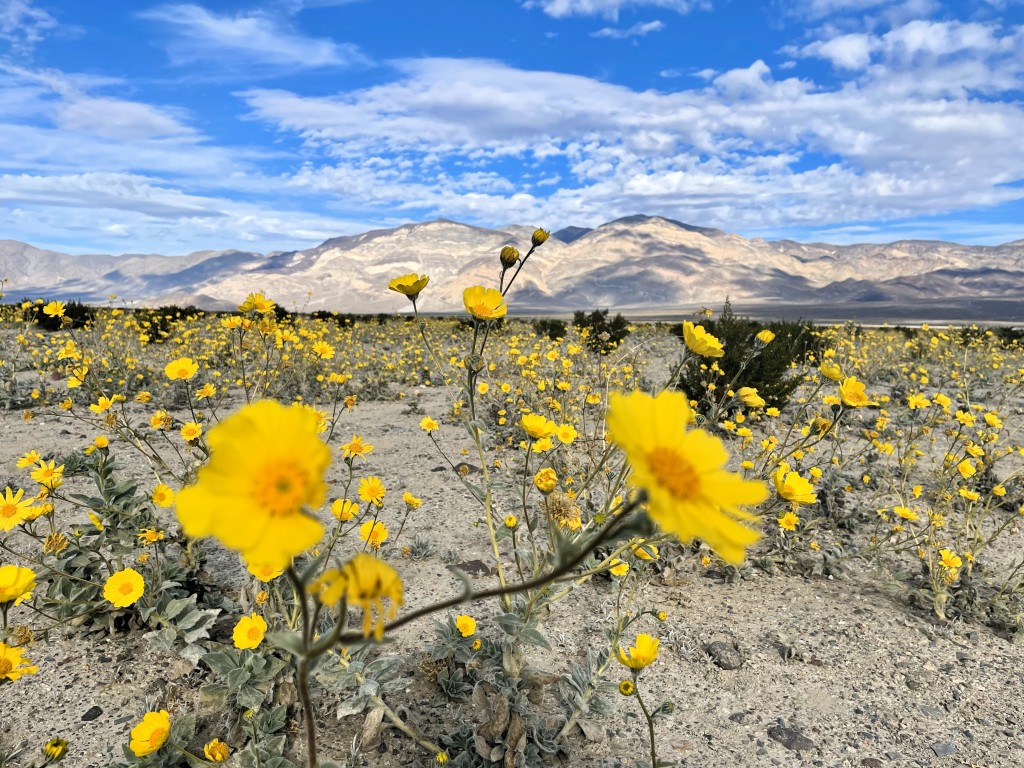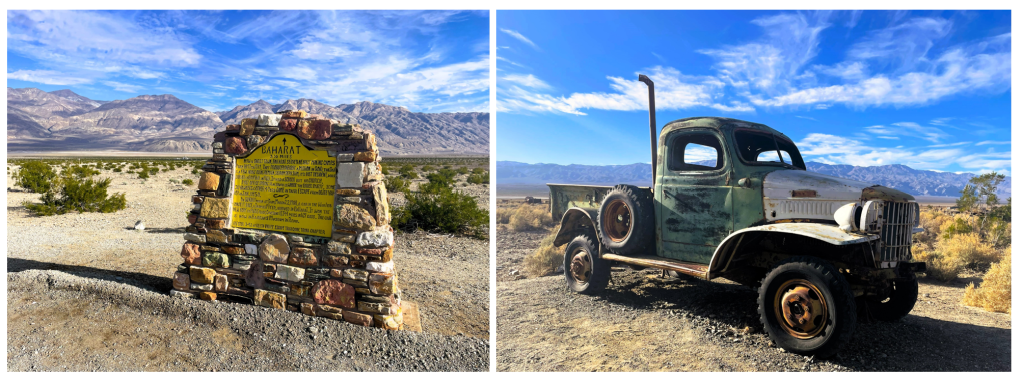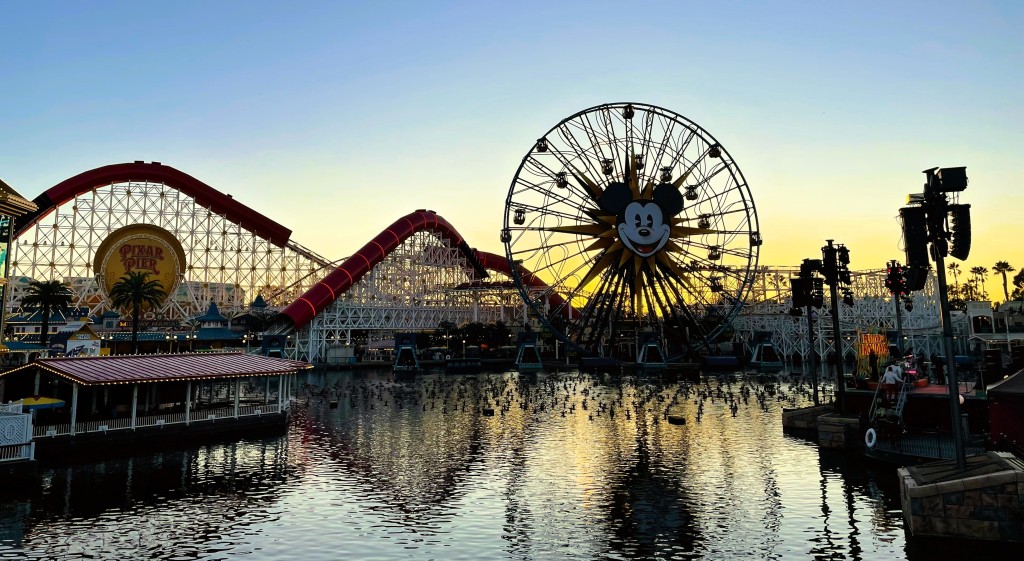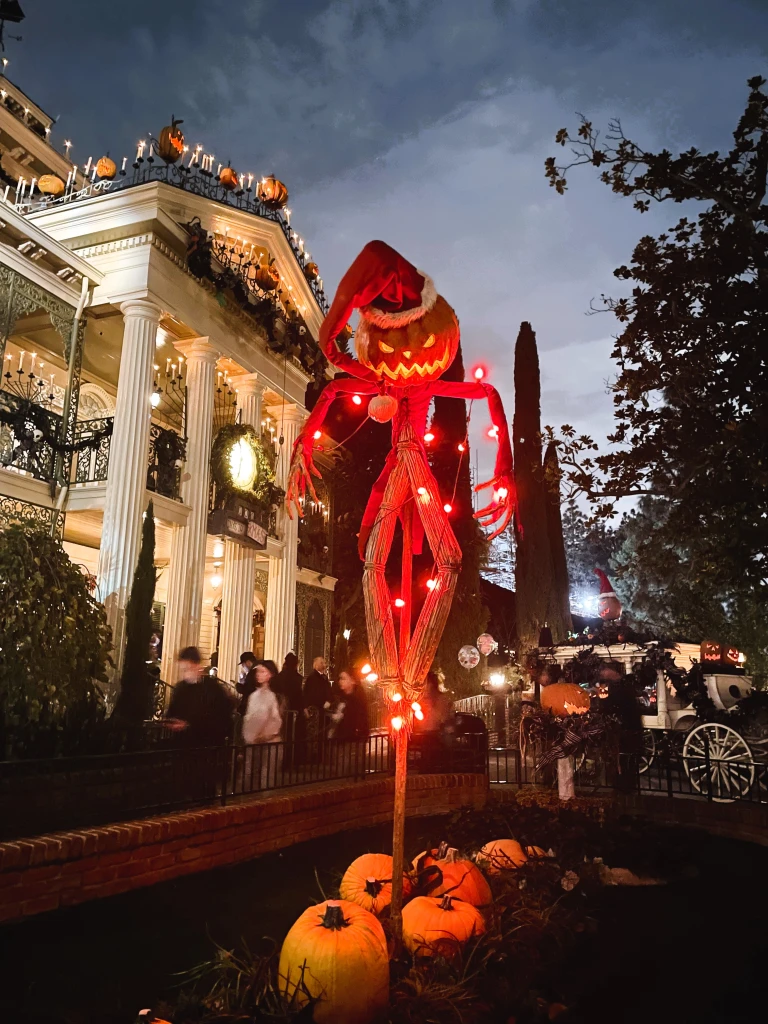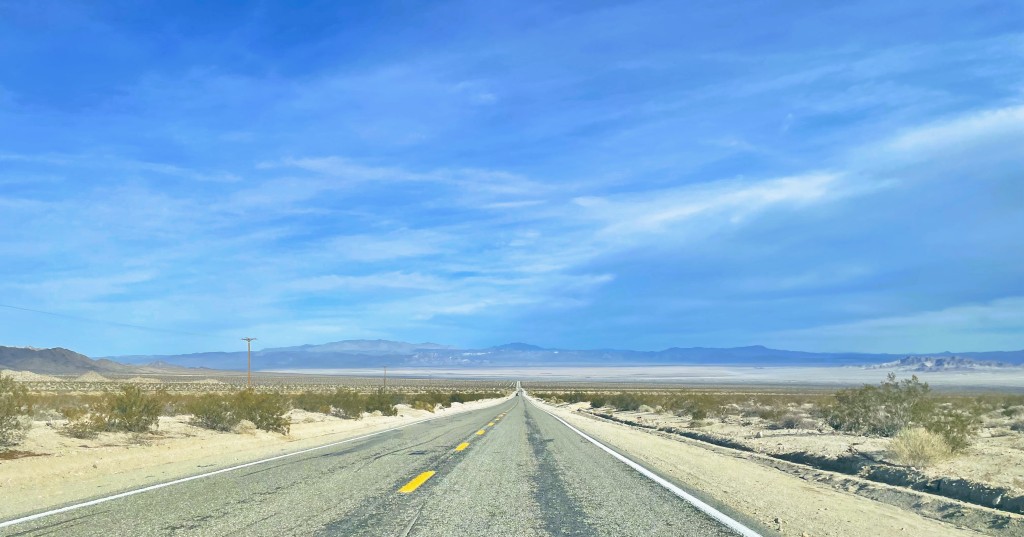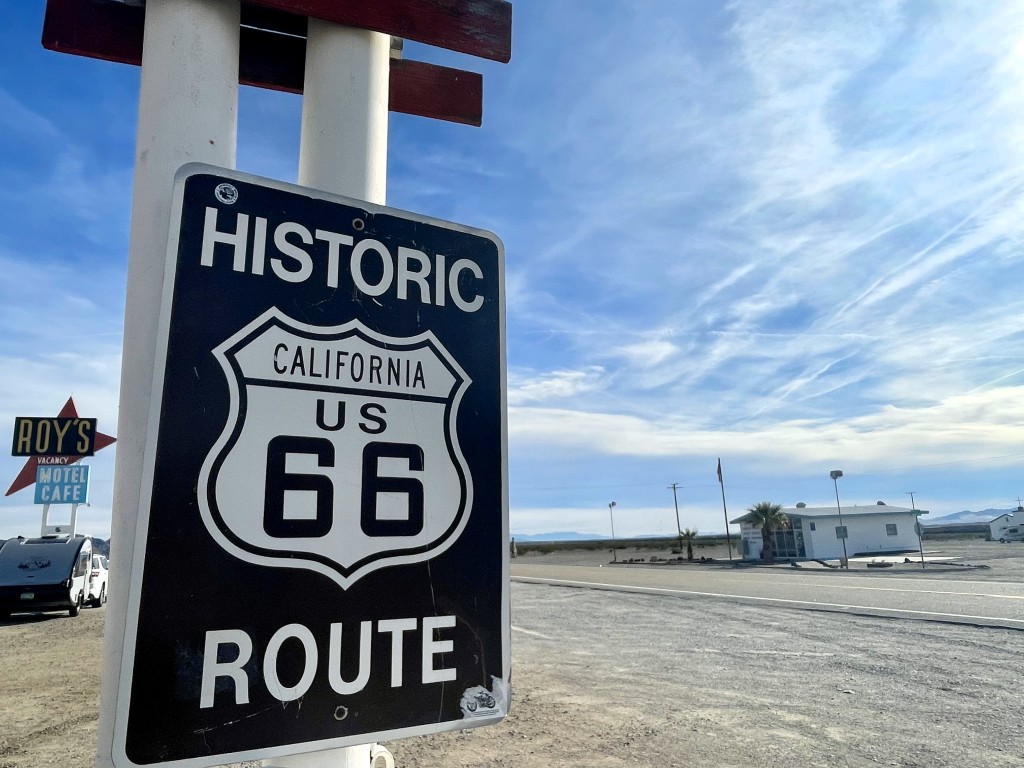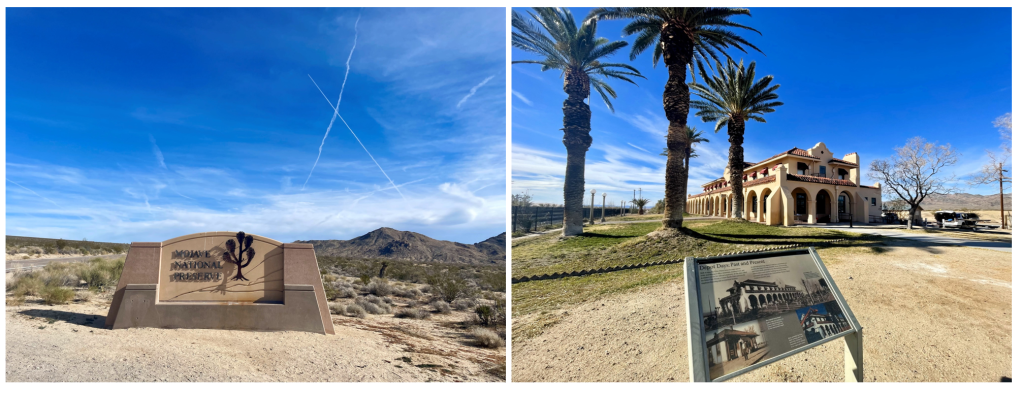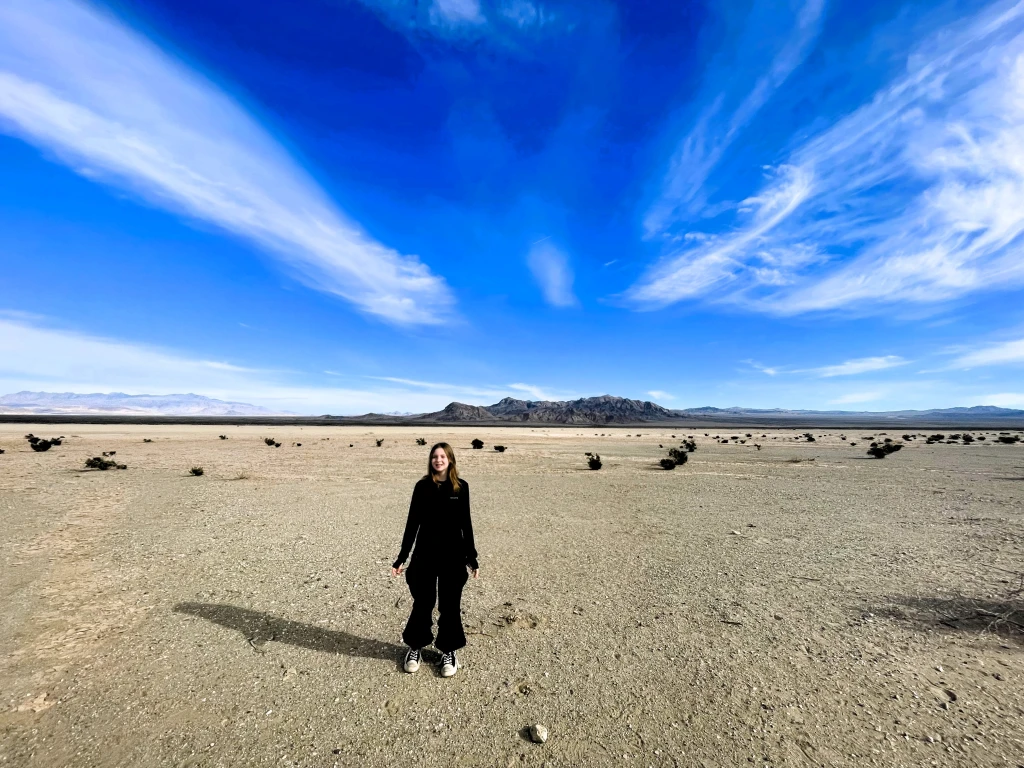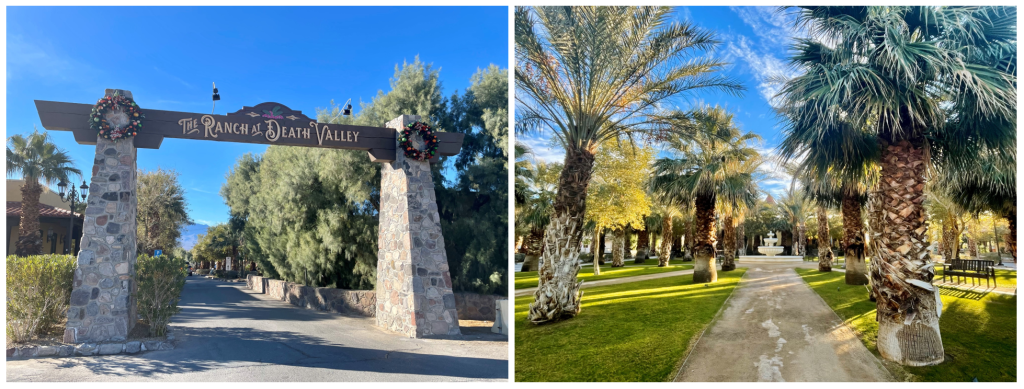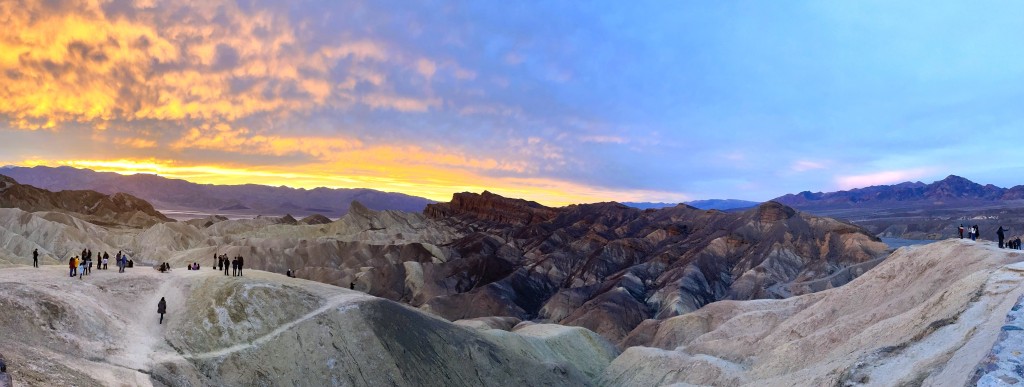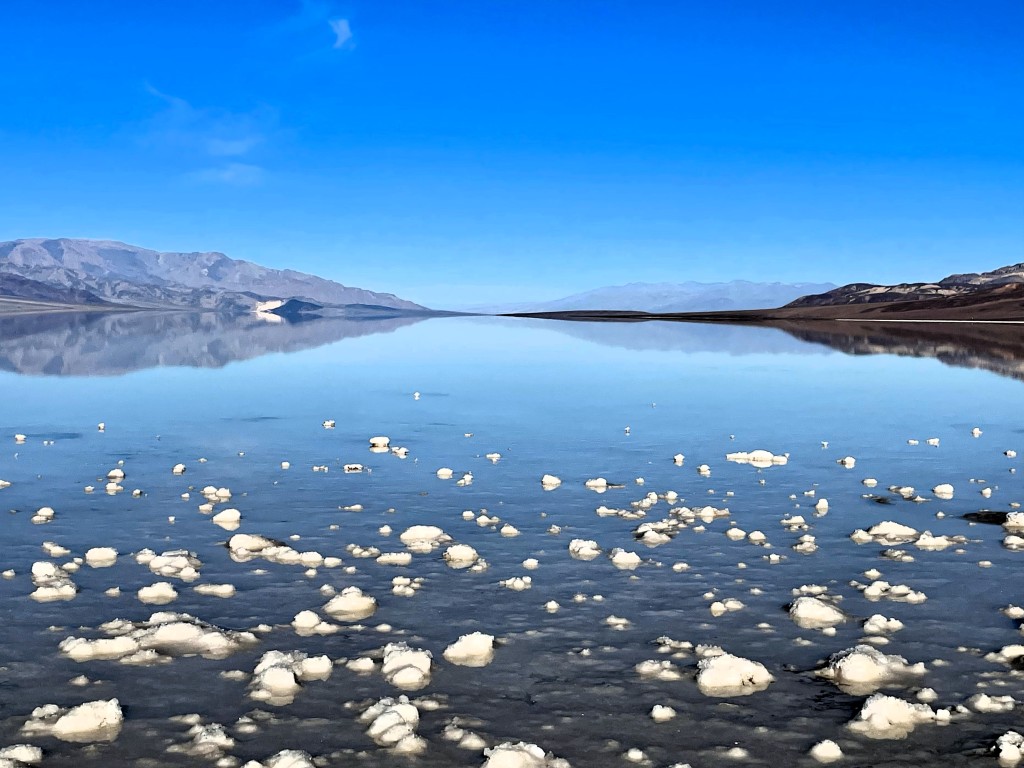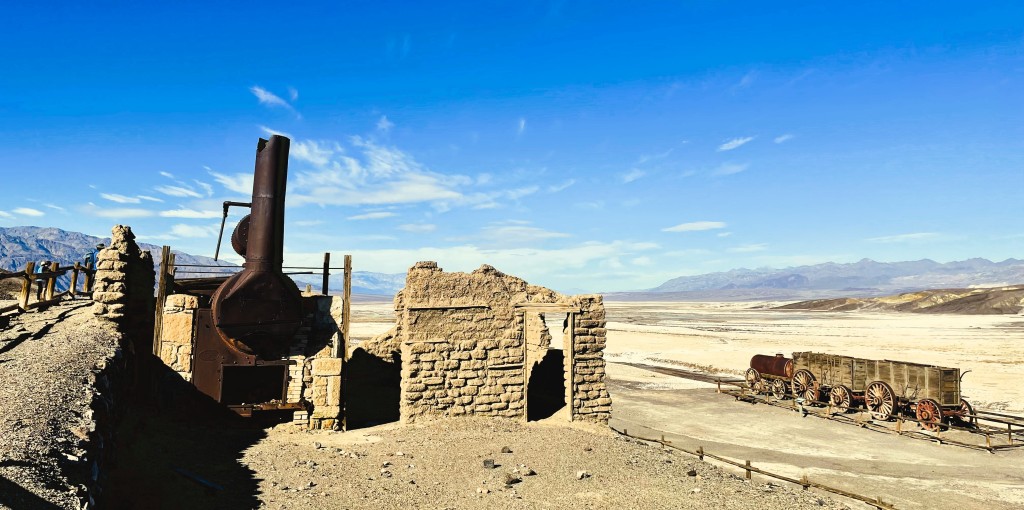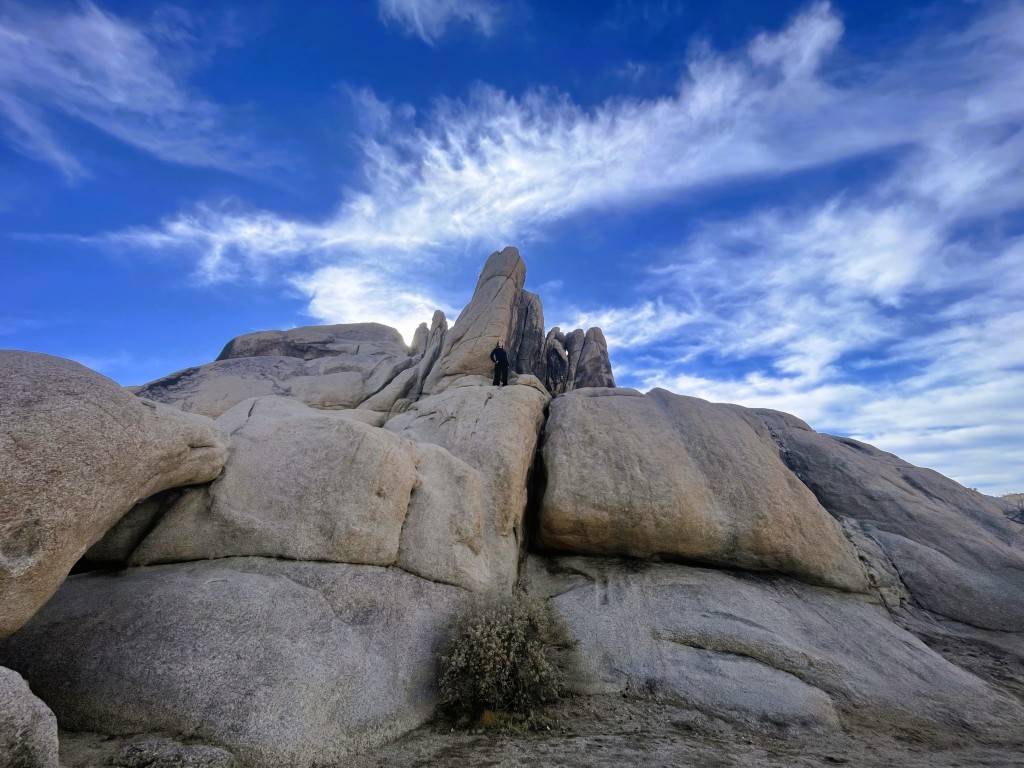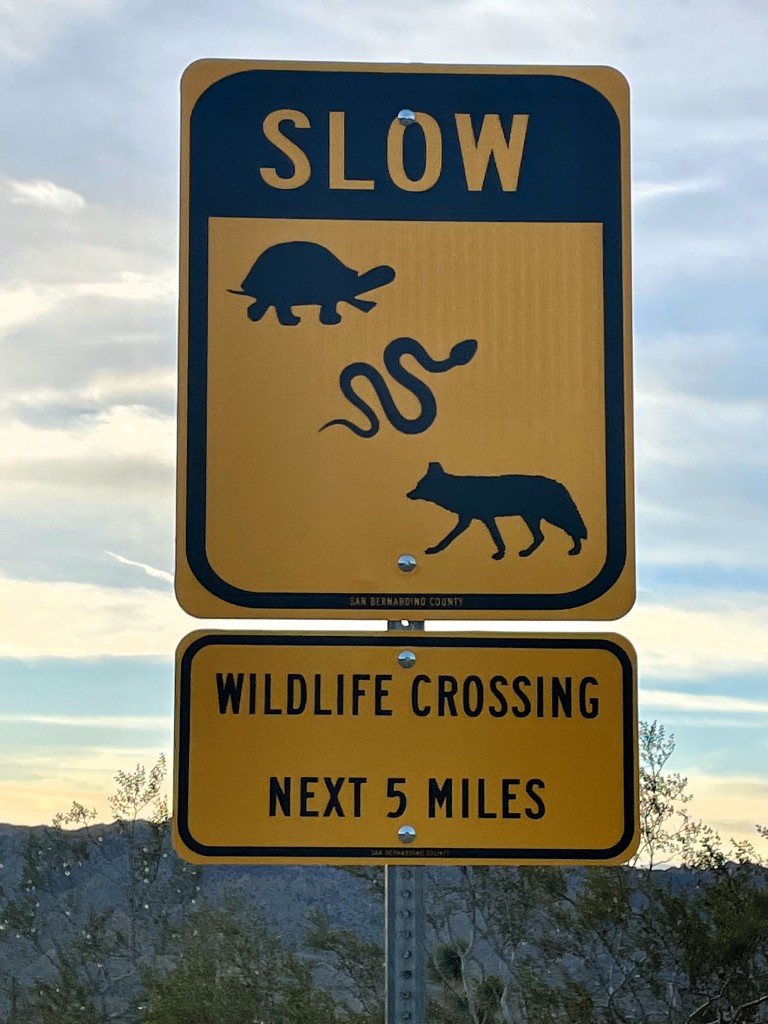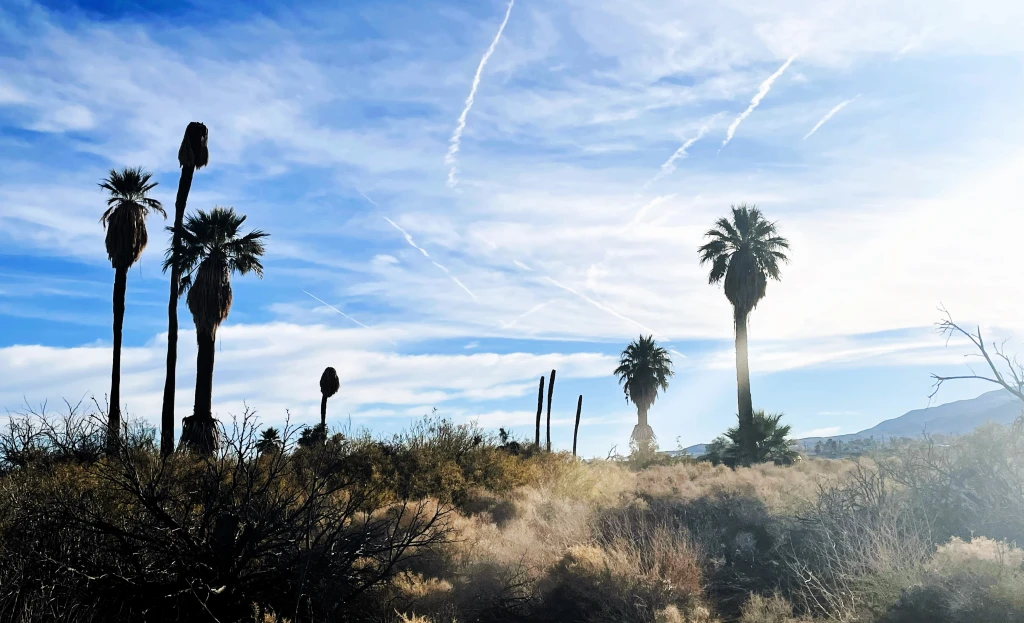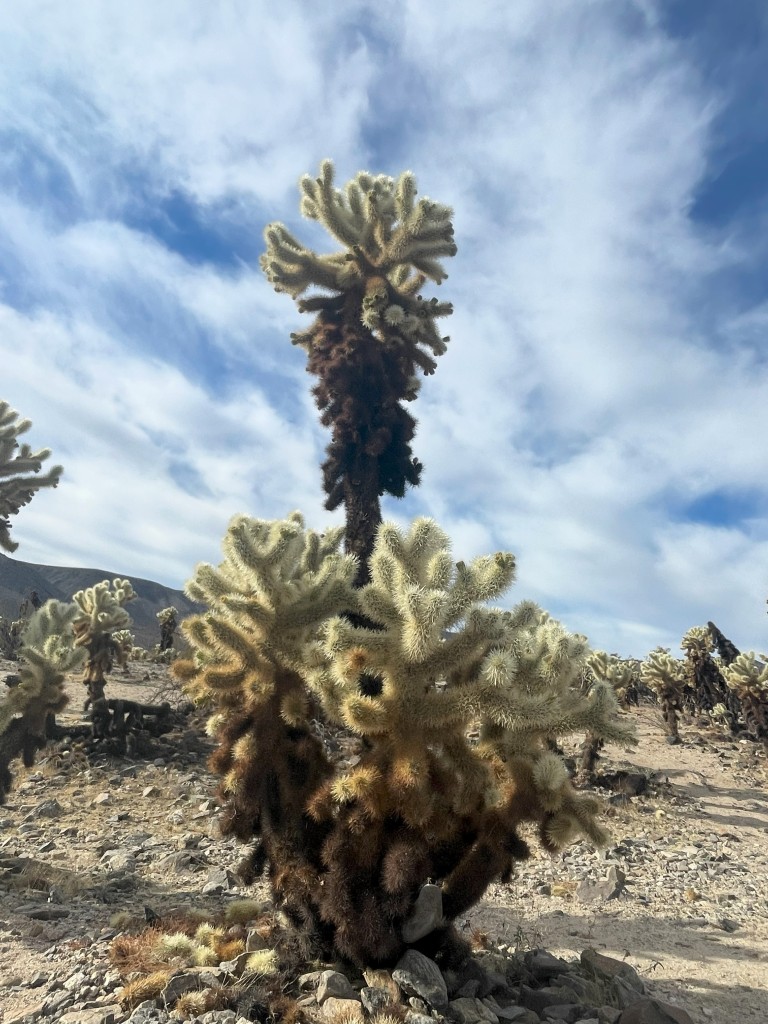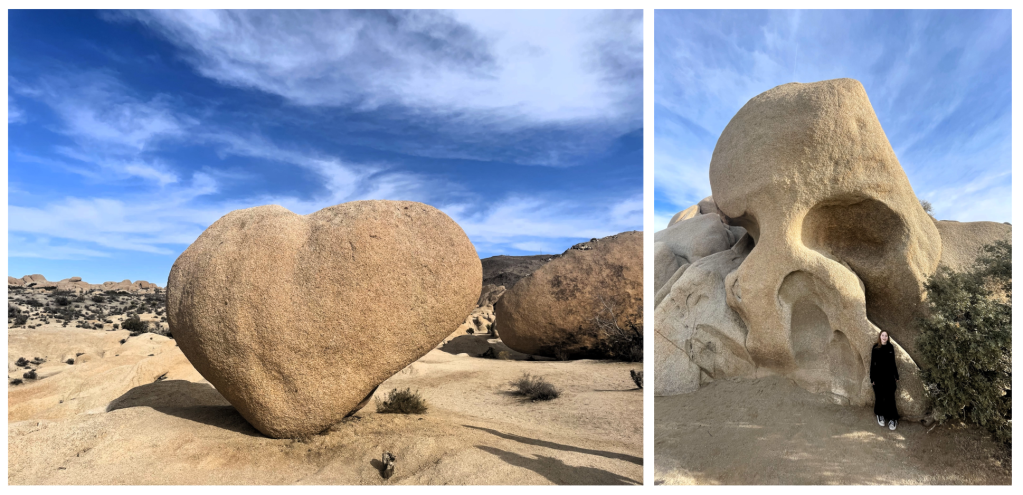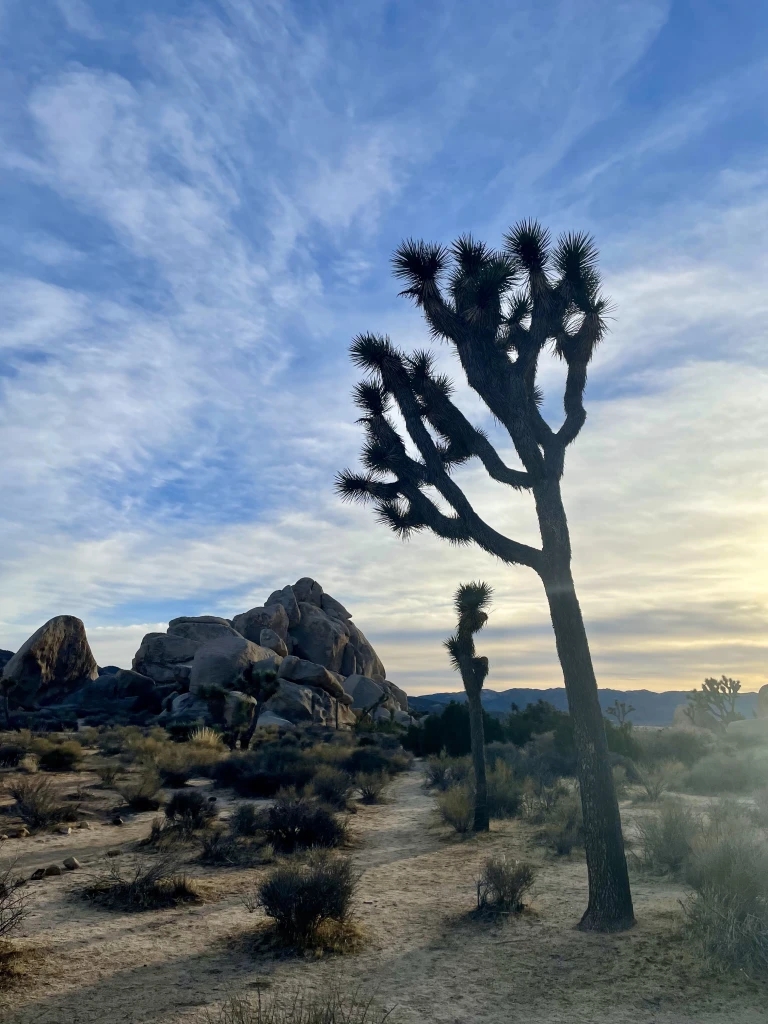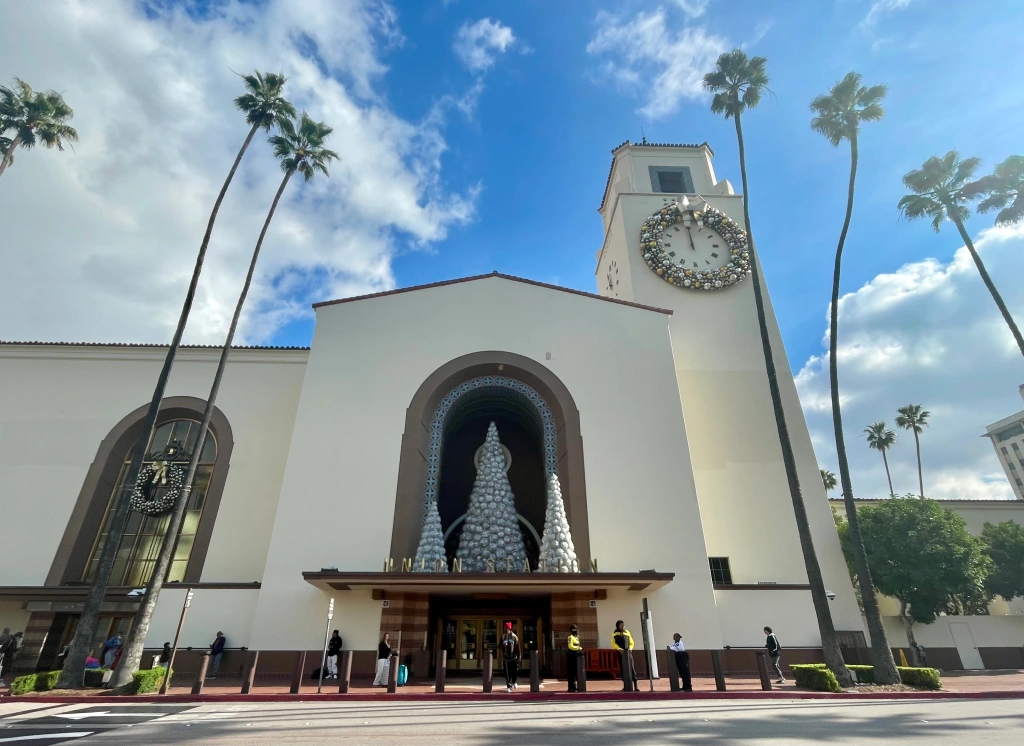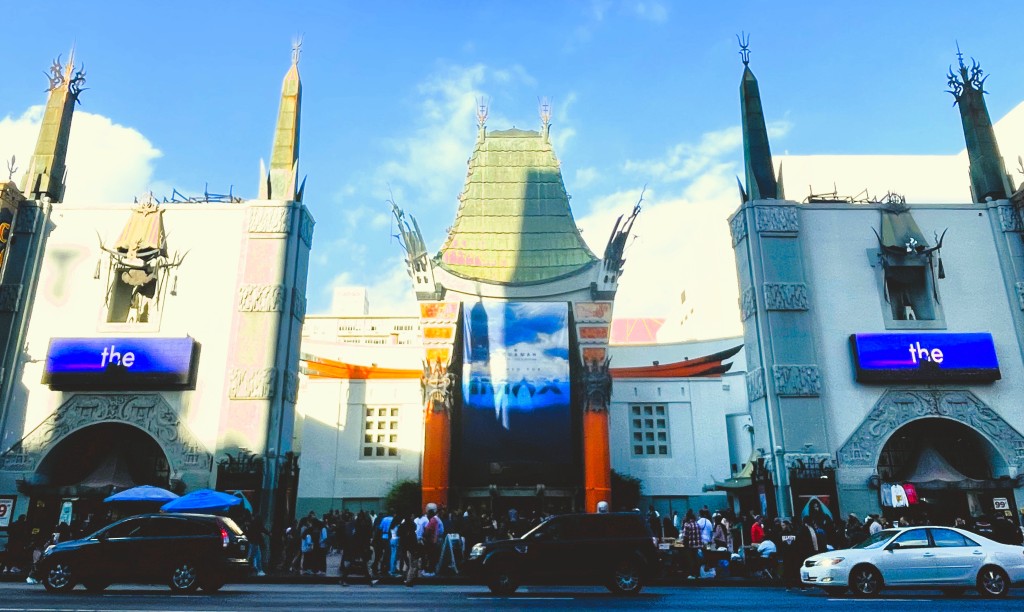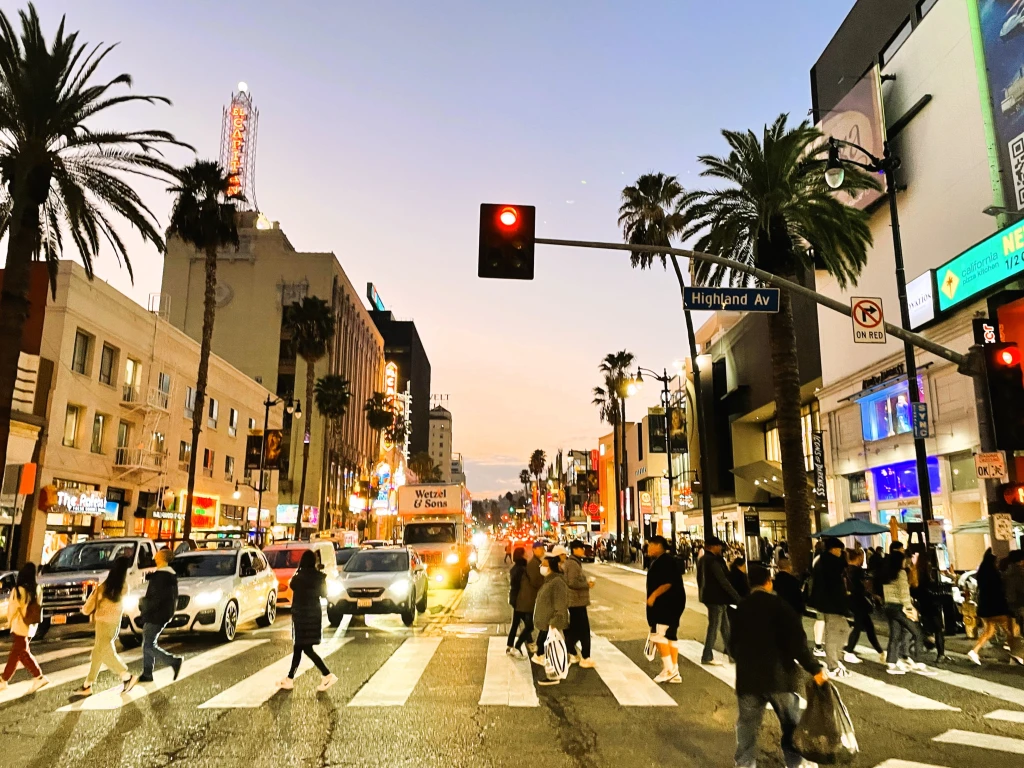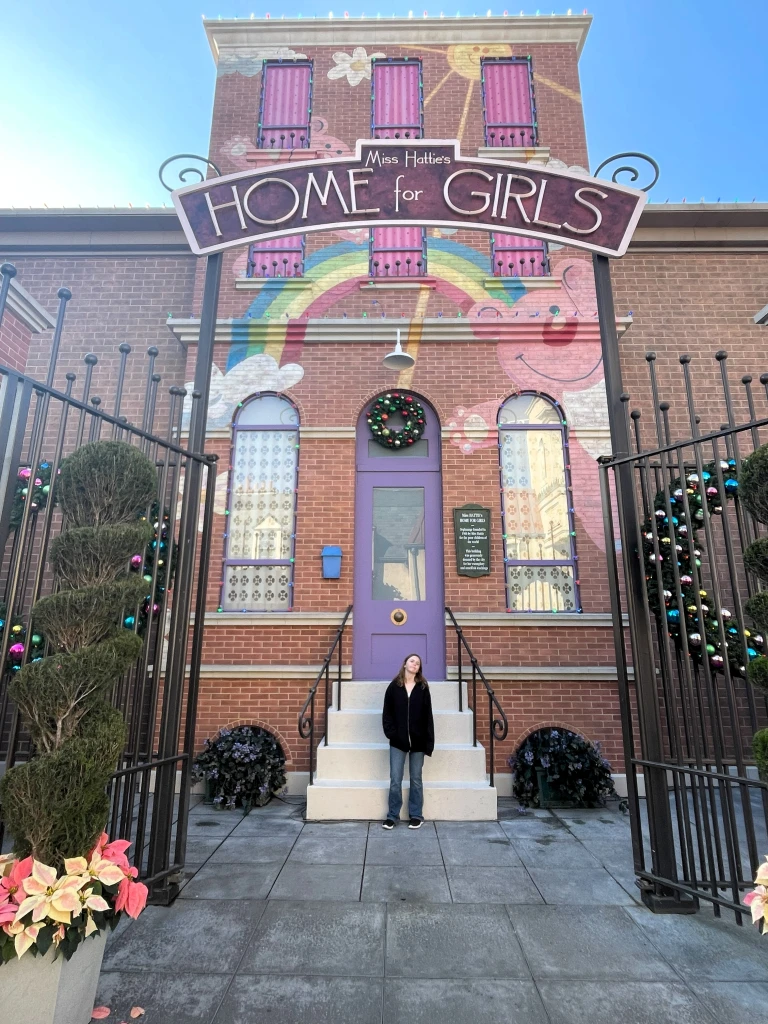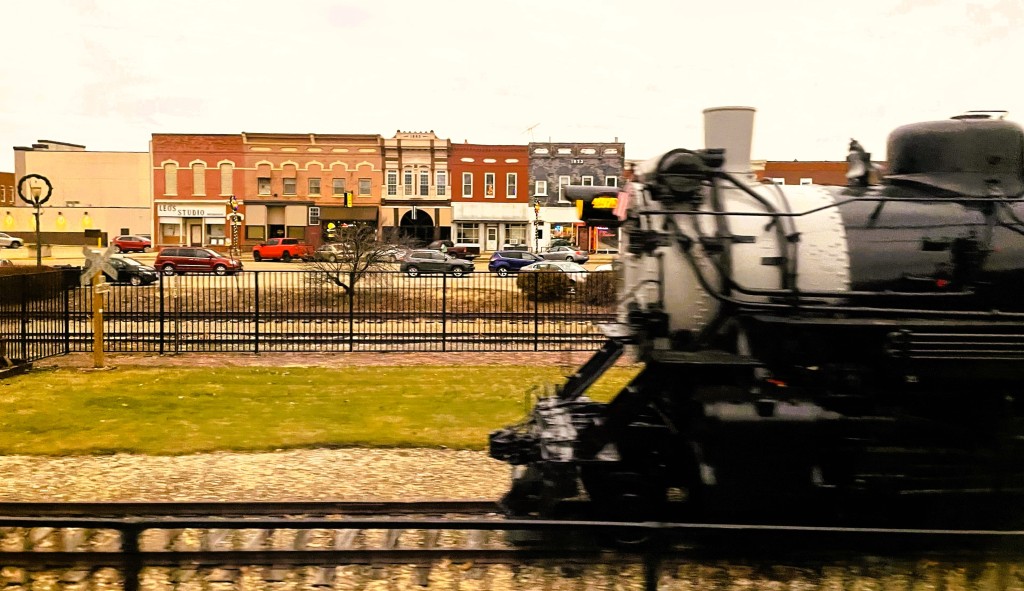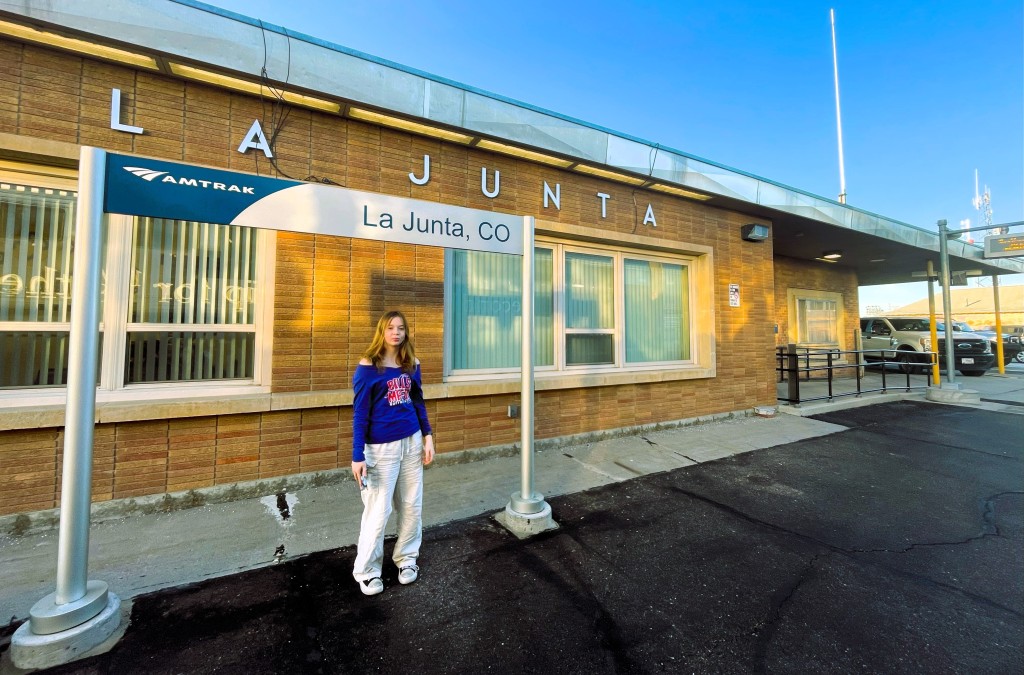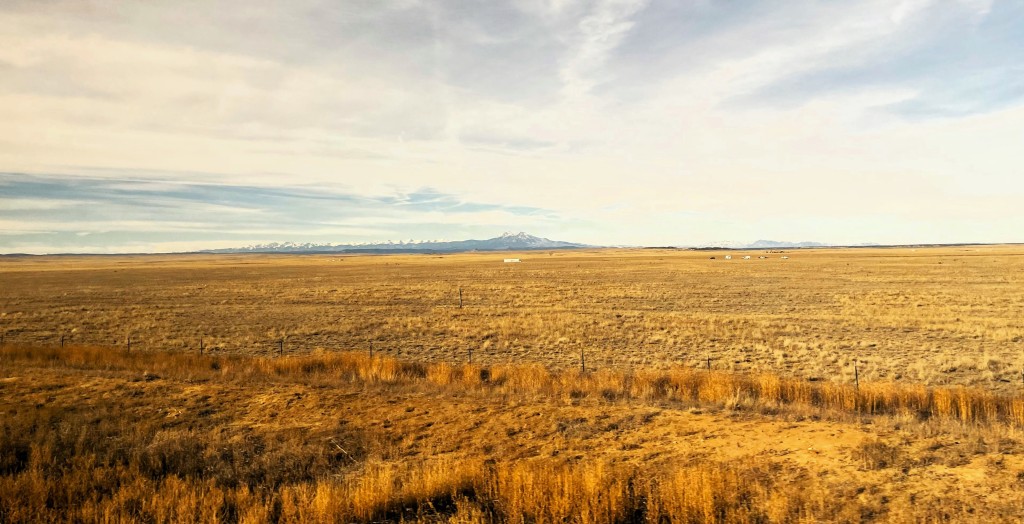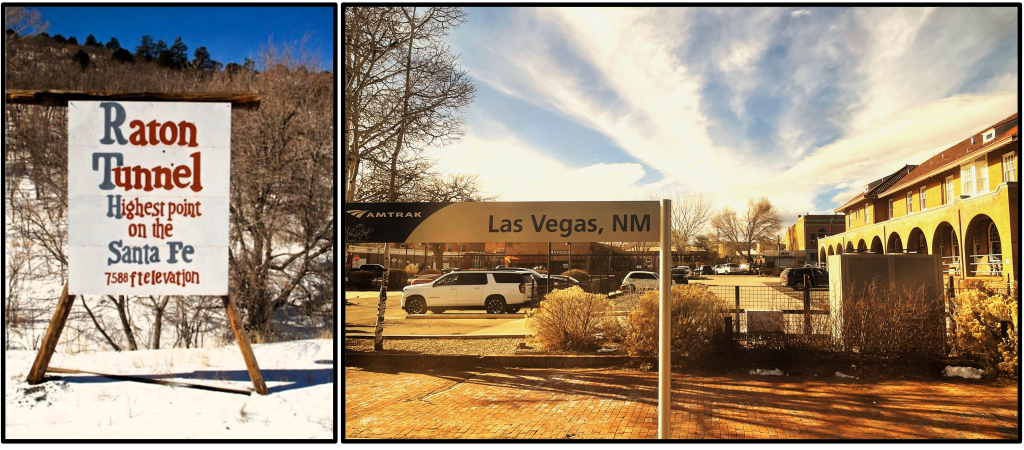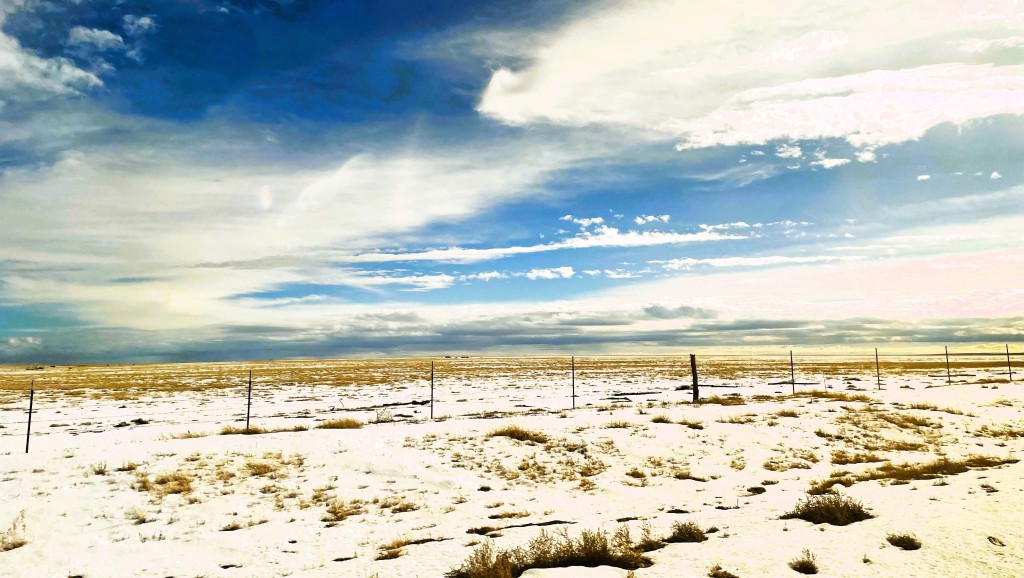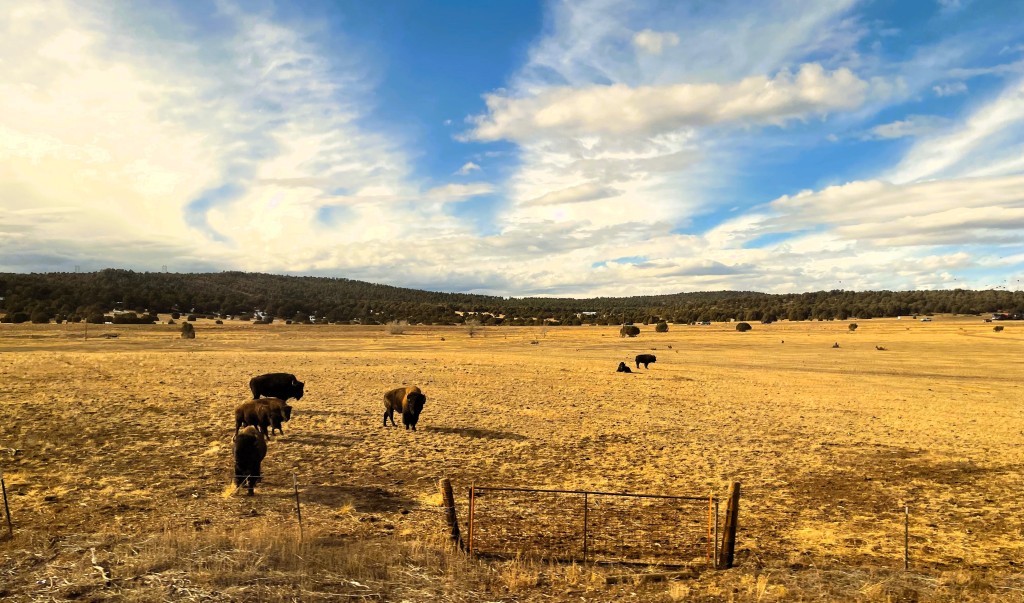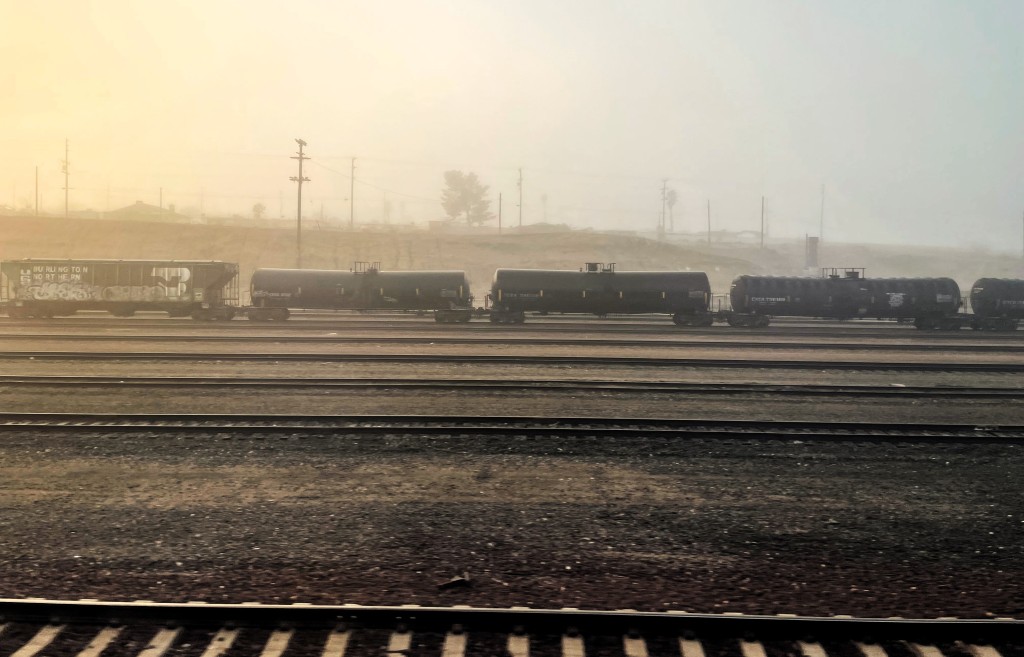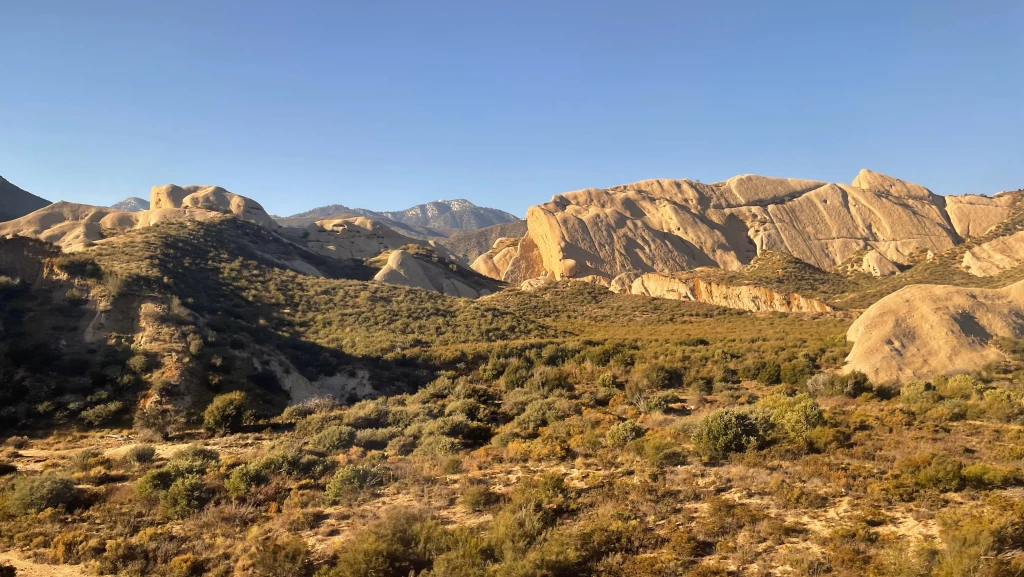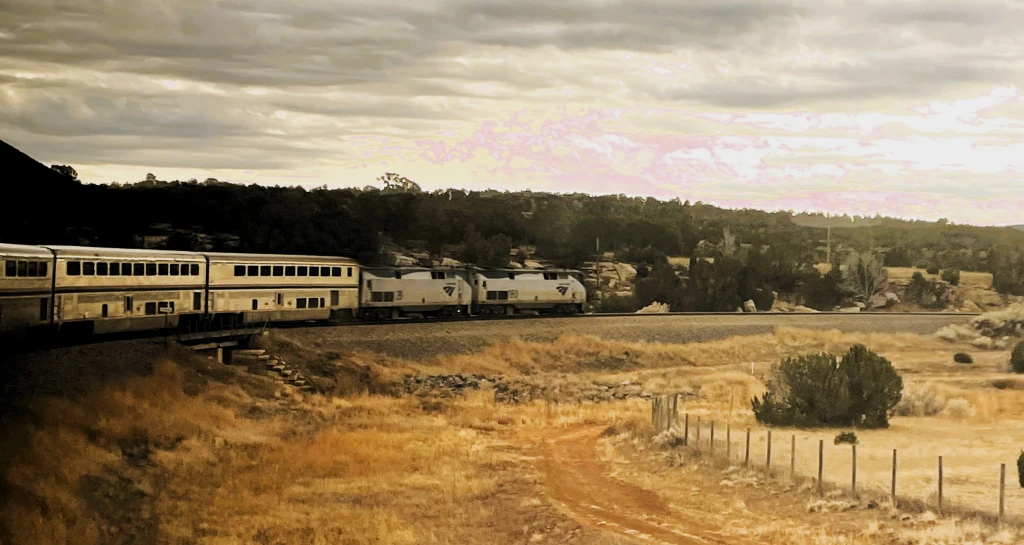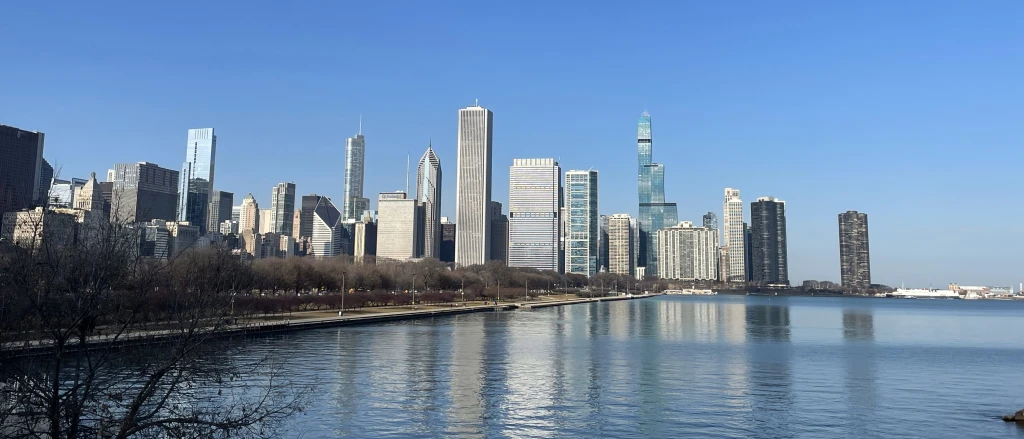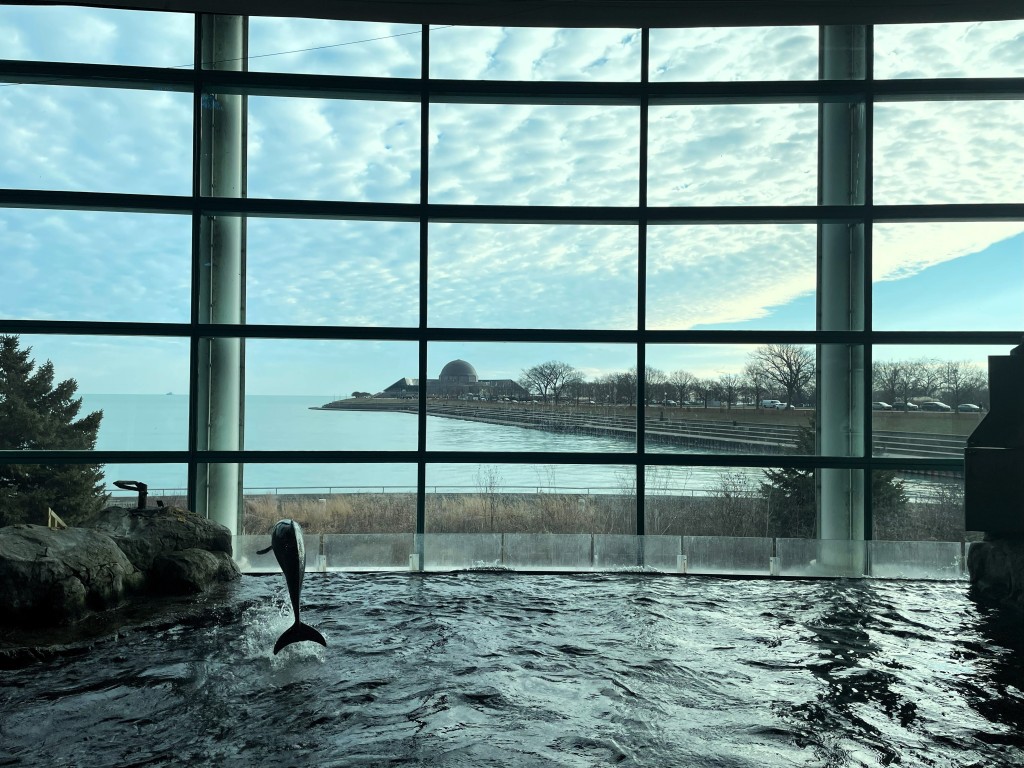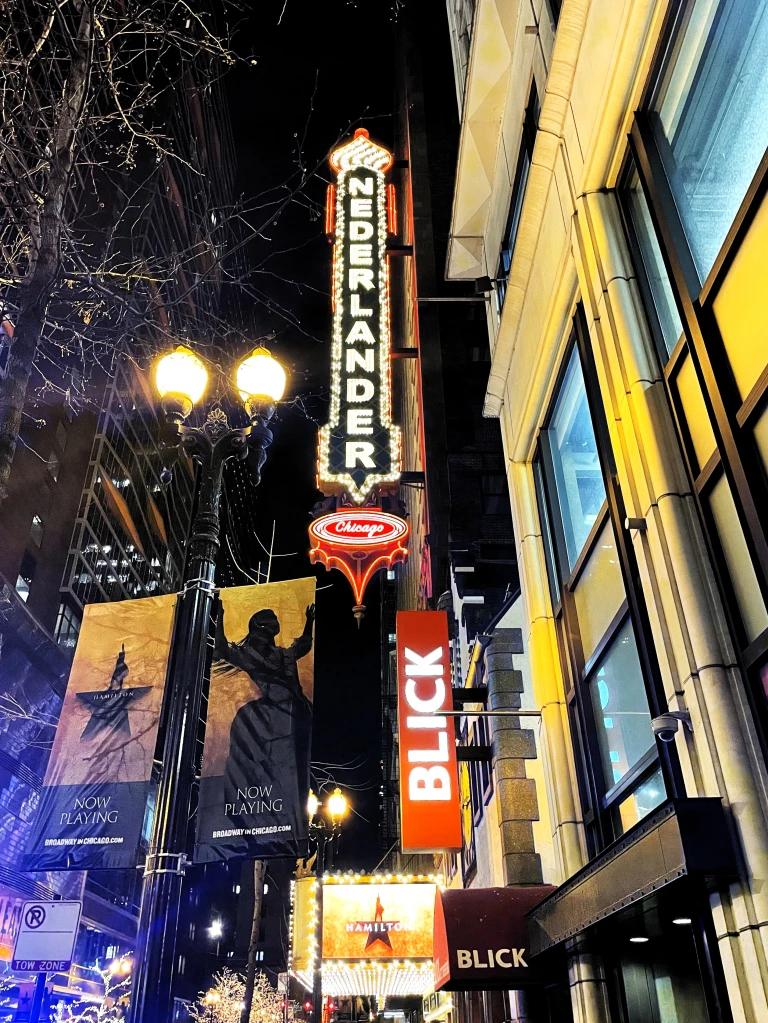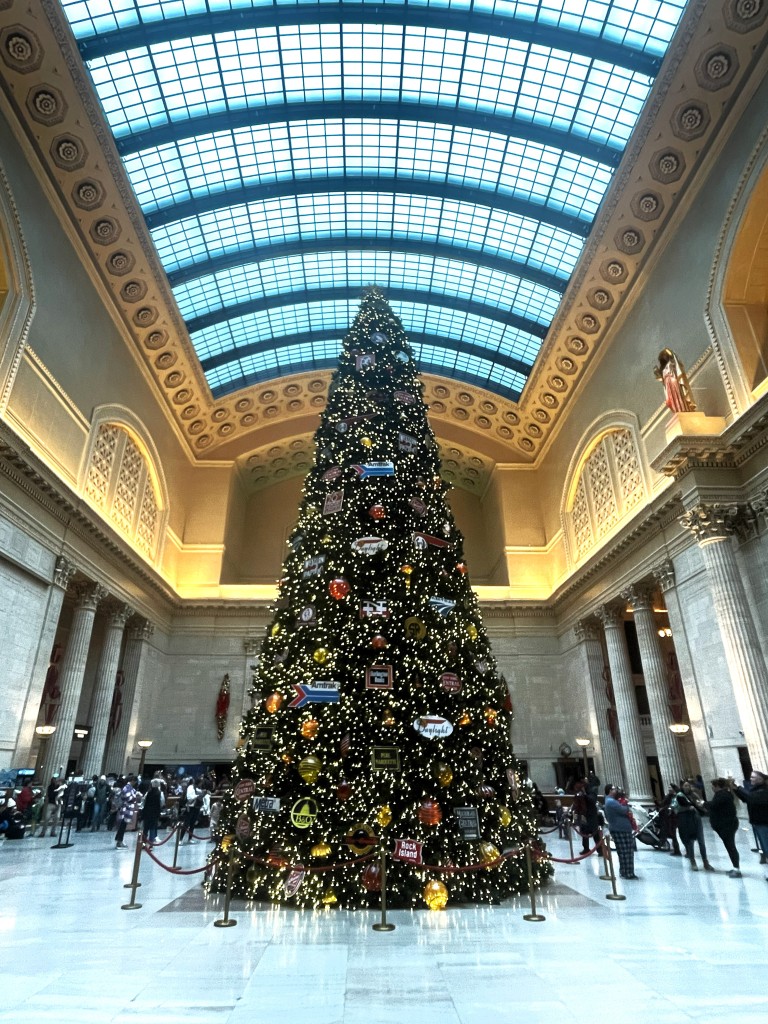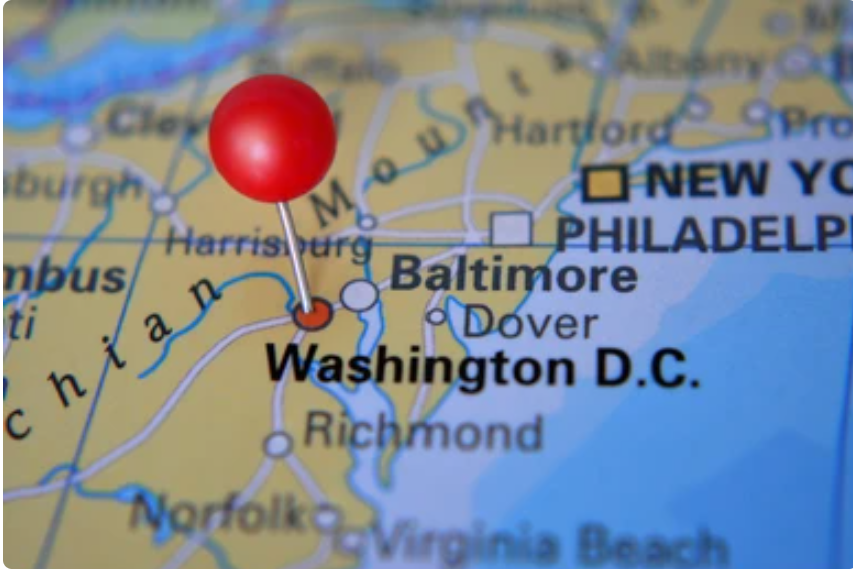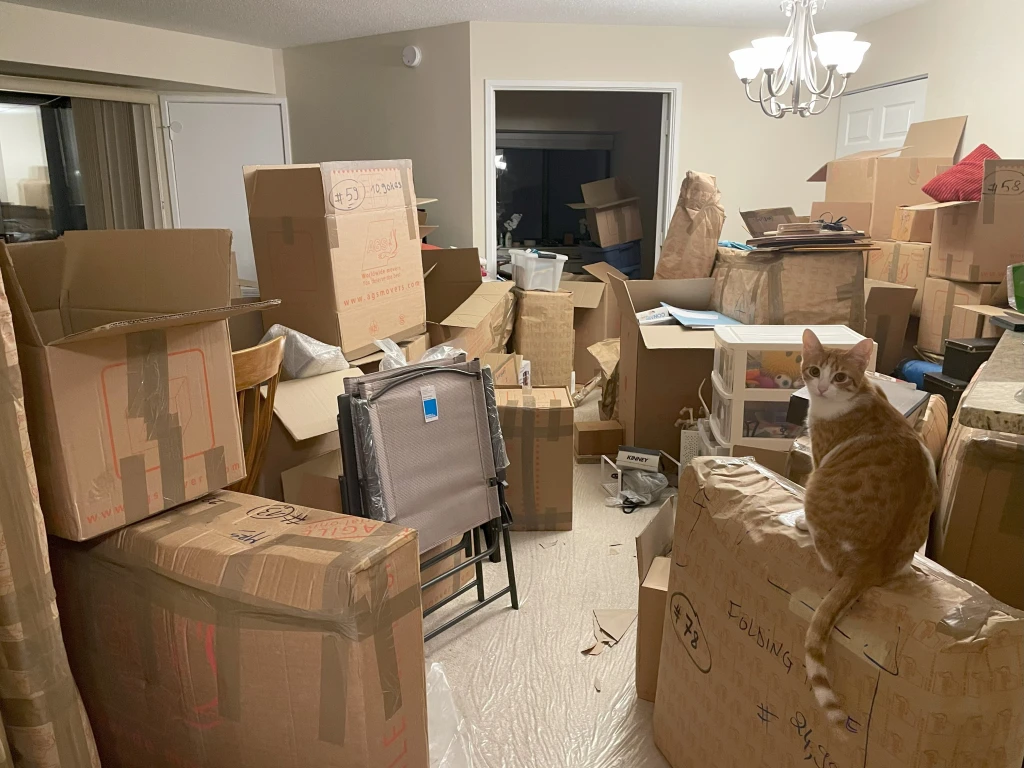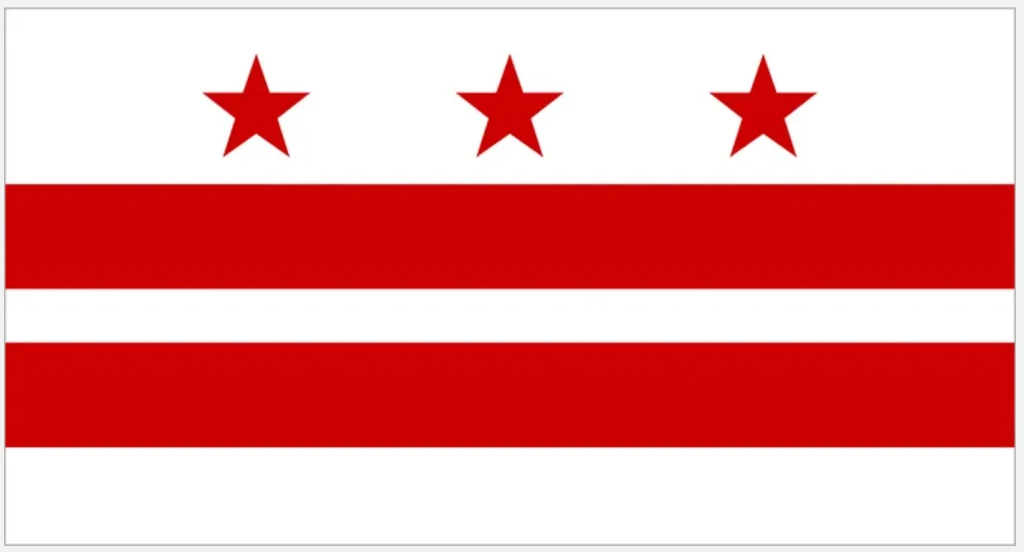
Late last September, with the summer firmly over and our Christmas train trip arranged, I turned my eyes to planning our spring break getaway.
I knew I wanted to be somewhere warm, but also someplace not too taxing or far from home, so I zeroed in on the Caribbean. We would have only a week for the Spring Break / Easter week and early on the airfares and mile redemptions for the week were a disappointment to say the least. (Perhaps prices will never return to pre-COVID levels? It sure feels like it.) Honduras looked to be a good choice and initially, I had planned on time in both the Bay Islands and on the mainland, but quickly realized that to secure a lower airfare and a less stressful holiday, it would be best to shorten the holiday and just stay in one place.
I am glad I kept it simple. Early in 2024, my mom ended up in the hospital and I became the primary point of contact for calls with various medical staff, case managers, and more. With the daily medical discussions and issues that could take from one to six hours, I began to contemplate canceling our trip altogether. In the end, I got her treatment to a certain point where I felt I could split the difference such that I would still have some much-needed rest and relaxation and mother-daughter time, while also making daily check-ins related to my mom’s care. It was far from ideal, but I believe it was a good compromise.
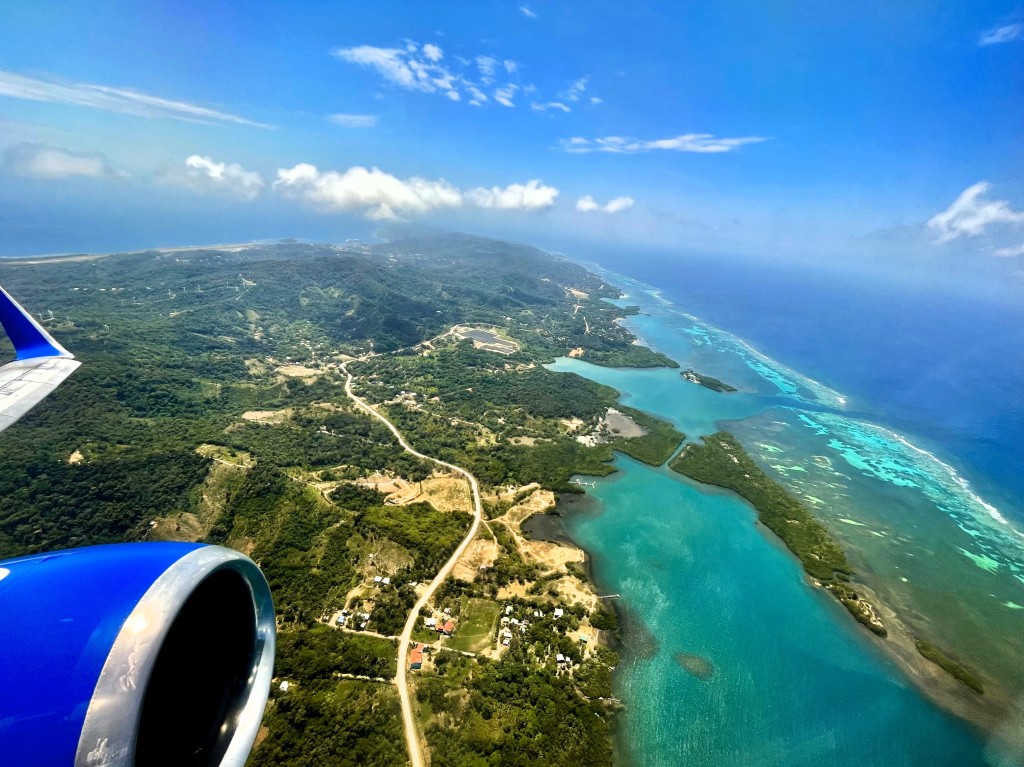
Roatan is a fascinating place. It’s history, which includes a visit by Christopher Columbus, serving as a hangout for infamous pirates like Blackbeard, and once being a British colony, has shaped Roatan differently than the Honduran mainland. Although the British ceded the Bay Islands, including Roatan, to Honduras in 1861, it took nearly a hundred years before Spanish was taught on the islands’ schools. Today, English is still the first language of the islanders.
Roatan is a popular tourist destination for nature and adventure activities. It’s location along the world’s second largest barrier reef, the Mesoamerican, makes it an extremely popular scuba diving site. Roatan also boasts two cruise ship terminals, the first opening in 2008 and the second two years later. For an island only 40 miles long and 5 miles wide and a population somewhere between 50,000-100,000 people, two cruise ship terminals disgorging some 3,000 to 10,000 passengers a day in high season is astonishing. All these North American travelers have made the U.S. dollar the currency of choice on Roatan, vice the Honduran lempira.
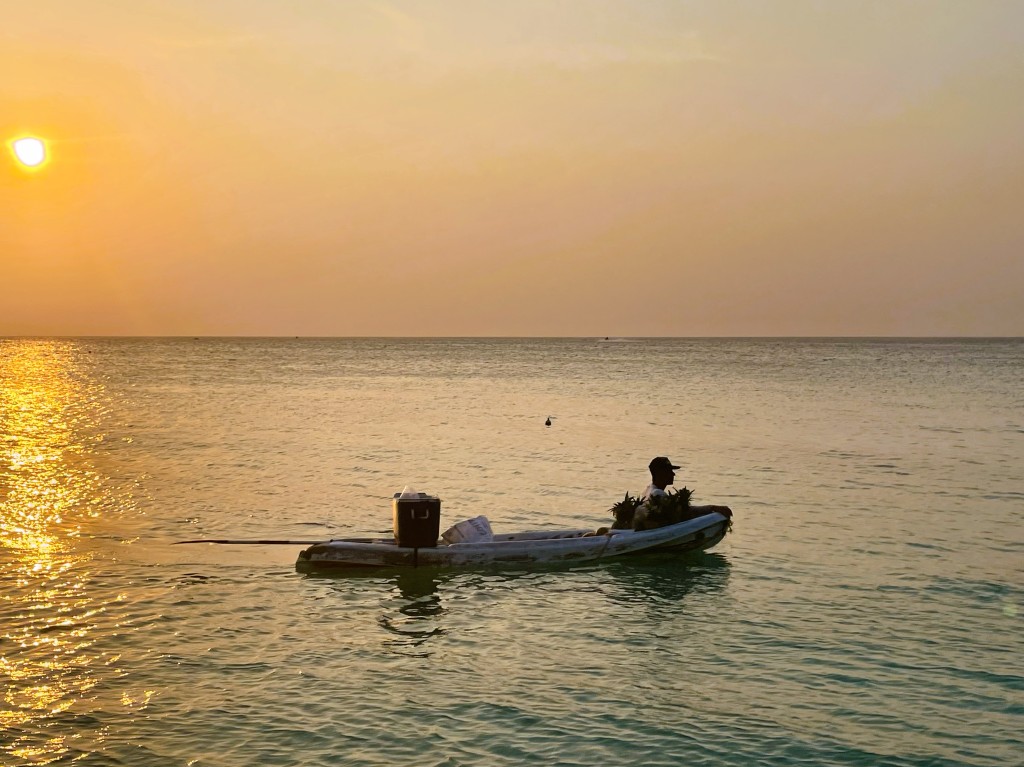
I knew none of this. I usually research the heck out of where I am going. I like to know the history and current situation; I like to know the language, currency, and exchange rate. But this time, with all the stuff going on with my mom, I left much up to chance. I booked our flights, reserved our hotel, and looked up, but did not schedule, a thing for us to do.
On Sunday morning, C and I celebrated Easter a week early and then that night flew to Houston. We stayed the night then flew on to Roatan early Monday morning, arriving at our hotel, the Bananarama Dive and Beach Resort in West Bay, in time for a hectic lunch rush during a steamy tropical beach day. Ahhhhh…it felt amazing to be warm.
I struggle with stepping back and doing little. I like to keep engaged. But here it was our first day on the island and I had nothing at all planned. I had not even booked transport from the airport to West Bay. It only occurred to me as we boarded our plane in Houston that it could be a problem. Luckily I quickly checked the interwebs, reserved and paid for a taxi, and hoped for the best. I really thought it was 50-50 anyone would actually come and figured I might have just thrown $25 away. I was pleasantly surprised to find a driver with a cute handwritten sign with my name waiting for us in arrivals!
Therefore on our first day, all C and I did was make reservations for some activities on following days, walk on the beach, checked out the nearby shopping plazas, and lie about in the hammock or chairs on our bungalow porch.
On our second day, we headed to Jungle Top Adventures for an exciting few hours of ziplining and animal interactions. There seem an abnormally high ratio of zipline locations per population on Roatan, due to all those cruises. When we booked the zipline, we were not told which we were heading to, and I was a tad disappointed to find ours was located in Coxen Hole, the island’s main town, directly across from one of ports where two massive cruise ships were docked.
As I had read it is best to visit the animal park first because the sloths — the main attraction — can only be held by a limited number of persons before they are too tired, that was our first stop. While we did enjoy seeing to coati and the Yucatan white-tailed deer (Honduras’ national mammal) and meeting the monkeys and macaws, the sloths were the star of the show and one of the top reasons we chose to visit Roatan. C and I were both able to hold a sloth for about five minutes. With their arms around our necks and their legs around our waist, it was almost like holding a baby. The experience did not disappoint.
Next we headed to the zipline. We had to wait about 10 minutes before we could join the truck taking participants to the first of 16 zipline platforms. While the guides kitted us up, two more truckloads of adventurers arrived. All in all we had to wait 30 minutes before all our zipline guides arrived and zipped off to man the various platforms. However, once everyone had their gear and the guides were in place, we were zipped across the lines rapidly, like an assembly line. I had hoped to get a photo or video of my daughter, but she was hooked up and then off with such speed I hardly had time to react before it was my turn. When I arrived at the platform, C was already zipping on to the next. At the midway point though we all crowded together again. This time I was able to video C taking a running leap off the platform and then flipping upside down — of all the ziplines I have done in various places this was the first and only place I had heard of that being allowed.
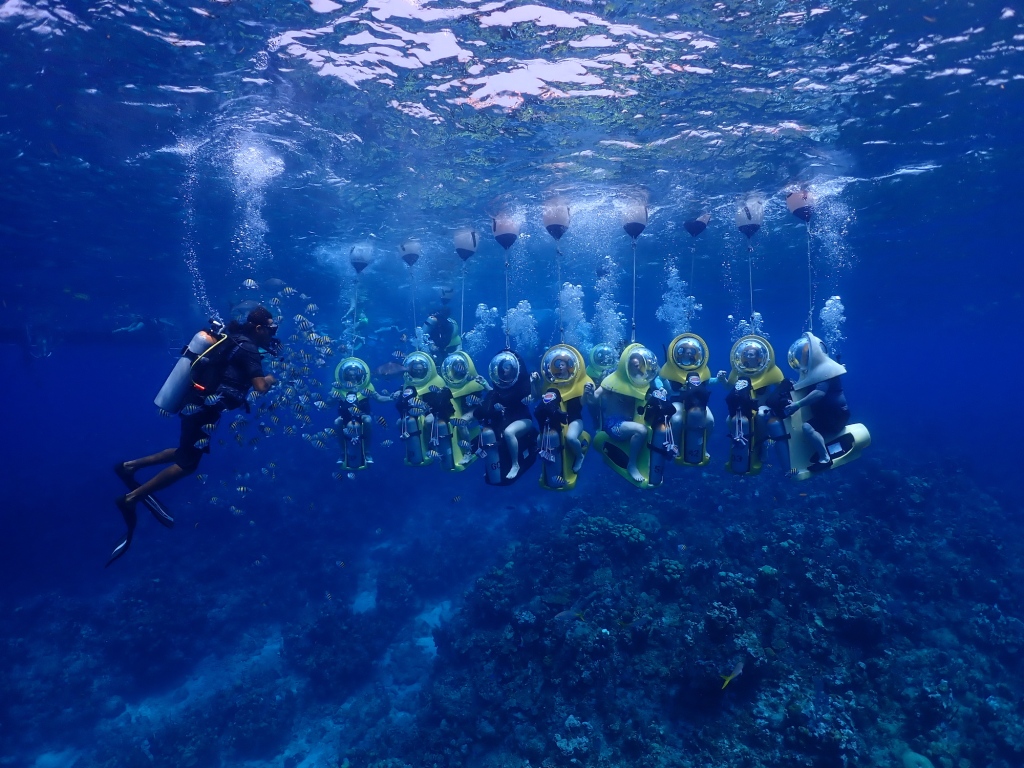
On Wednesday, we did the most extraordinary activity! We glided through the water in a Breathing Observation Submersible Scooter (BOSS). I had initially booked for Friday, but the company emailed me on Tuesday afternoon to inform me that Thursday and Friday were predicted to be poor weather, but they could accommodate us earlier.
I have to admit, I was a wee bit scared to do this. I enjoy being warm and near the water; to feel sand between my toes, but I am not comfortable in the ocean. I get sea sick on boats. I am not comfortable in the ocean. I once tried to learn to scuba dive in the Philippines and kept freaking out during the basic water practice. I am just much more a landlubber and I get most of my fish experiences at aquariums (which I LOVE to visit). But C was excited to give it a try and so I thought I should be brave and give it a go.
The scooters work on the principle of an air pocket forming in a glass underwater. To get in, the scooters are held just below the water’s surface with the air pocket already formed in the large diving bell-like helmet. Then compressed air, just like the tanks used for diving, is pumped into the helmet. One has to hold one’s breath for just a few seconds to duck under and bring their head into the helmet. Well, it sounds simple. C did it in one go. I freaked out. It took me five times to get up the courage to get in. Thankfully, C went first and did not see that. Once everyone is in, the scooters are lowered to their maximum depth of ten feet. Then one can controls the scooter just like a scooter on land — with a toggle switch for speed and moving the handle bars to the sides to turn.

I wear glasses and unlike in snorkeling, where I have to accept blurred vision because I am not going to spring for a prescription mask, I could wear my glasses while operating the underwater scooter! I also have a lot of ear and sinus issues and that (along with a fear of sharks and running out of air and drowning) is what keeps keep from scuba diving. At the depth of the scooters, I could feel the pressure on my ears and I struggled to pop them, having to do so repeatedly, but I could manage. I have never been able to see a reef and fish underwater like I could on the scooter and I found myself laughing with delight. Also, because the giant helmets made everyone’s heads look really tiny on top of their bodies.
Thursday and the first part of Friday did turn out to have poor weather. Though it did not rain during the day, the winds picked up substantially, up to 25 mph, making the seas very choppy. Nearly all activity stopped along the beach. Though West Bay is a nice beach, it is not very wide, and on sunny days the beach chairs take up a good third to half of the sandy real estate and the crowds of beachgoers take up most of the rest. So though it was very breezy, it was still nice and warm, and I took strolls along the shore, while C chilled out in our hammock. I welcomed the respite. If the weather had been perfect, I would have felt compelled to be doing something, but as it wasn’t, I was off the hook. I did have to make several phone calls and emails related to my mom and I had time to do them, while also feeling sand between my toes and a deliciously warm wind all around.
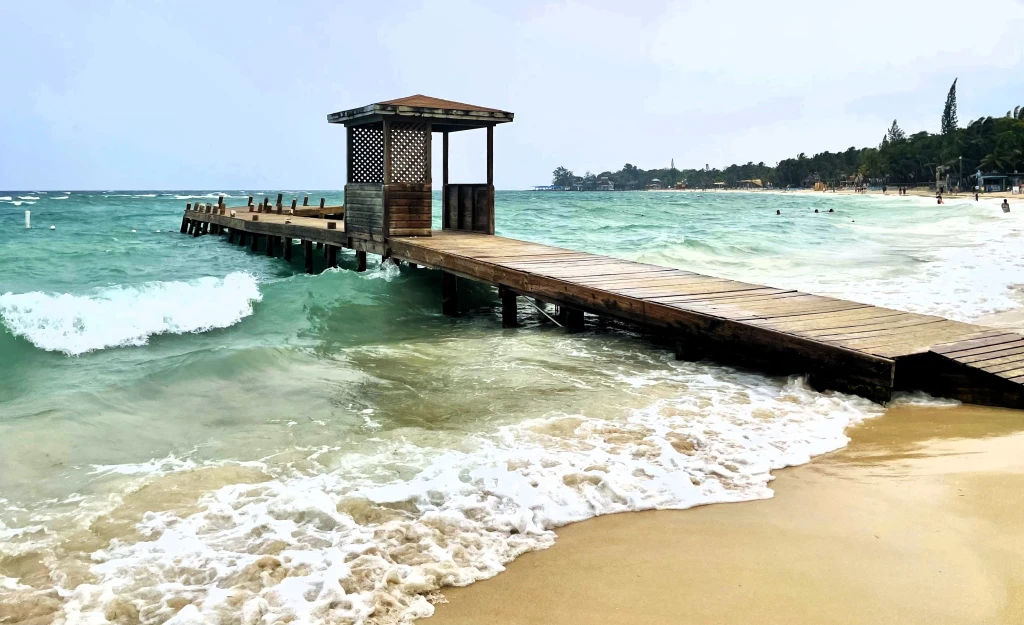
The sun returned on Saturday, our last day, so C and I headed out to parasail. This would be C’s first time ever and my second, but my first time parasail in tandem. During my first time, in the Bay of Islands, New Zealand, the boat motor stopped when the woman after me was up, and her parachute slowly sunk back down to the ocean. She had to unfasten herself and swim back to the boat. I had thanked my lucky stars it had not been me, but admit that I had been a little scared to parasail since. I am happy to report that C and I did it without a single incident.
That afternoon C wanted to stand-up paddleboard (SUP). It had been on our list for the trip in a large part because our hotel had advertised it as being readily available. And yet throughout the week we had not seen anyone paddleboarding. When I went to ask at our activity kiosk I was told they didn’t have any paddleboards, and then the guy corrected it to, um, no paddleboards that work well. I really wondered about their secret defective paddleboards. At the next kiosk they told me they could get me paddleboards, but could they have ten minutes to “find” them? Turned out they could only locate one, so I left it to C to show me how it is done.
Unfortunately, C had only done SUP once before – at the lake during last summer’s camp. Doing it in the ocean on a busy beach turned out to be a whole new level. Still she managed pretty well. She took a little break after 15 minutes and let me give it a try. I only made it to a crouching position before falling off and struggled to maneuver around the crowds of bobbing heads. It became clear pretty quickly why SUP seems to have fallen by the wayside in Roatan, at least during the busy season.
Then just like that our six days in Roatan was over. Afterwards, once we returned home, it felt short, but during the trip it felt just right. It gave me just the right amount of time to rest, deal with issues at home, and spend mother-daughter time with C while doing amazing activities or just chilling out together.
